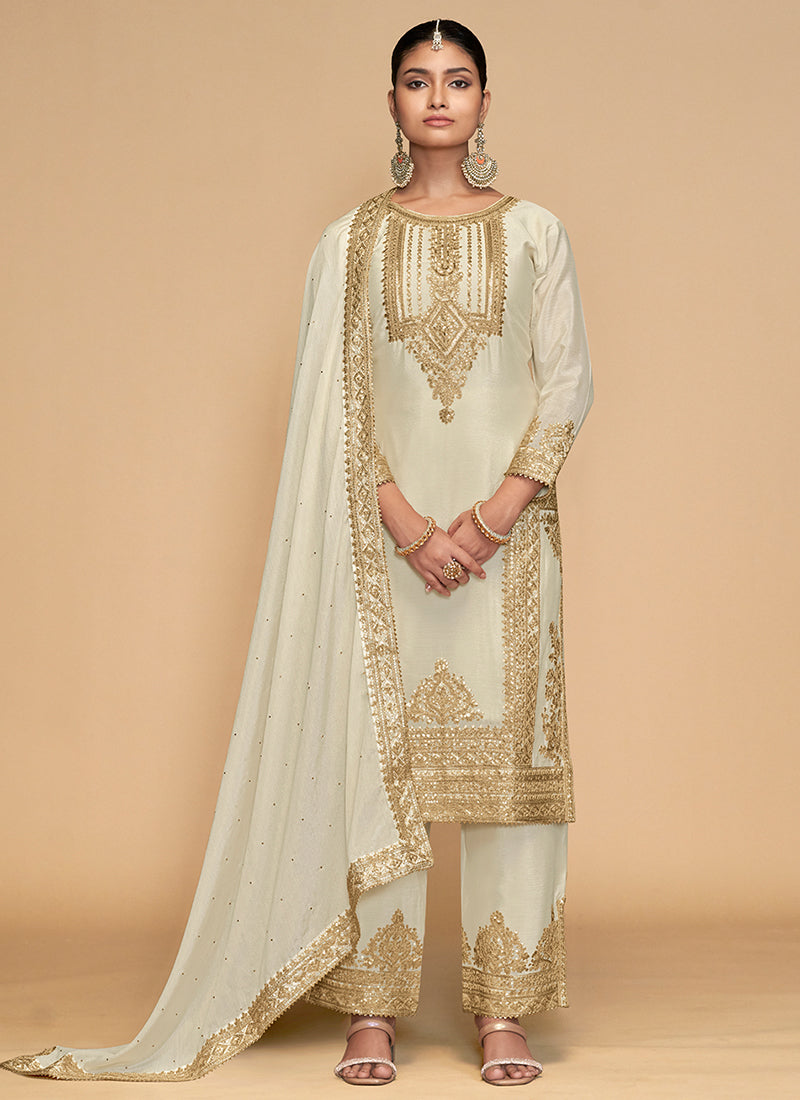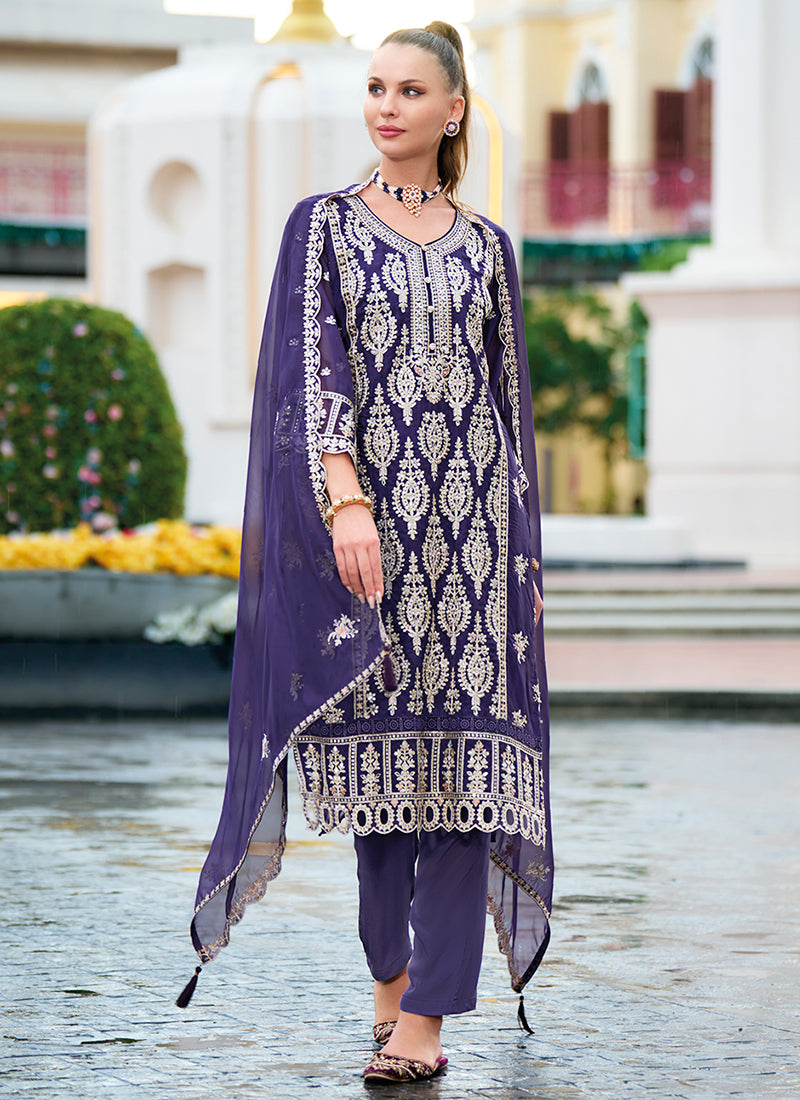Pakistani suits have long been cherished for their elegance, versatility, and cultural significance. Over the years, these garments have evolved from traditional styles deeply rooted in history to contemporary trends that resonate globally. This article delves into the evolution of Pakistani suits, highlighting key styles, influences, and the fusion of tradition with modernity.
1. The Roots of Traditional Pakistani Suits
Traditional Pakistani suits typically consist of a kameez (tunic), salwar (loose trousers), and often a dupatta (scarf). This ensemble has its origins in the region's rich textile heritage, with each province showcasing unique fabrics, patterns, and draping styles.
Historical Influences
The Mughal Empire significantly influenced traditional attire in the Indian subcontinent, including Pakistan. The grandeur of Mughal fashion introduced luxurious fabrics like silk and brocade, along with intricate embroidery techniques that continue to define Pakistani suits today.
2. Regional Variations in Styles
Pakistan's diverse culture is reflected in the regional variations of suits, each representing distinct traditions and craftsmanship.
Punjab
In Punjab, the kameez is often paired with salwar, featuring vibrant colors and bold prints. The Phulkari embroidery, known for its floral patterns, is a hallmark of Punjabi suits, often worn during celebrations and festivals.
Sindh
Sindhi suits are characterized by their mirror work and vibrant colors. The traditional Ajrak fabric, with its unique block prints, is commonly used, making these suits ideal for festive occasions.
Khyber Pakhtunkhwa
In Khyber Pakhtunkhwa, traditional suits often incorporate chadar (shawl) elements. The use of heavy embroidery and bold patterns reflects the region's rich cultural heritage, making these suits stand out during weddings and cultural events.
Balochistan
Balochi suits are known for their elaborate handwork and bright colors. The Gandhara embroidery is particularly notable, showcasing the artisanship of the region. These suits are often worn during special occasions, highlighting their cultural significance.
3. The Influence of Western Fashion
The late 20th century saw the emergence of Western fashion trends that began to influence Pakistani clothing. Designers started experimenting with cuts, silhouettes, and styles, leading to the creation of hybrid designs that catered to modern sensibilities.
Contemporary Cuts and Styles
Modern Pakistani suits often feature tailored cuts, such as A-line and straight silhouettes, which provide a sleek and contemporary look. The introduction of asymmetrical hemlines and innovative draping techniques has also become popular, appealing to younger generations.
4. The Rise of Designer Labels
The 21st century marked a significant shift in the fashion landscape of Pakistan, with the rise of renowned designers and labels. They began to elevate traditional attire by incorporating contemporary designs, luxurious fabrics, and intricate embellishments.
Fashion Weeks and Global Recognition
Events like Pakistan Fashion Week have gained international attention, showcasing collections that blend traditional craftsmanship with modern aesthetics. Designers such as Sana Safinaz, Elan, and Maria B. have garnered a global following, popularizing Pakistani suits on international platforms.
5. Fusion Fashion: Merging Tradition with Modernity
Fusion fashion has become a defining trend in contemporary Pakistani clothing. Designers are increasingly blending traditional elements with Western styles, creating unique ensembles that cater to diverse tastes.
Saree Suits and Western Cuts
Innovative styles like saree suits, which combine the elegance of a saree with the ease of a kameez, have gained popularity for formal occasions. Additionally, pairing traditional kameez with denim or palazzo pants reflects a modern, casual approach to fashion.
6. Sustainable Fashion Trends
In recent years, sustainability has emerged as a vital concern in the fashion industry, including Pakistani attire. Many designers are focusing on eco-friendly fabrics and ethical production practices, highlighting the importance of preserving traditional crafts while catering to modern consumers.
7. The Future of Pakistani Suits
As fashion continues to evolve, Pakistani suits are likely to remain a staple of cultural identity and personal expression. The fusion of tradition and modernity will continue to inspire designers, ensuring that these garments evolve while retaining their rich heritage.
Conclusion
The evolution of Pakistani suits reflects a dynamic interplay of tradition, culture, and modernity. From their historical roots to contemporary adaptations, these garments remain a vital part of Pakistan's cultural landscape. As fashion trends continue to shift, Pakistani suits will undoubtedly adapt, celebrating the beauty of their heritage while embracing new influences and styles. Whether worn for everyday elegance or special occasions, the allure of Pakistani suits is timeless, capturing the essence of the nation’s rich history and vibrant culture.













